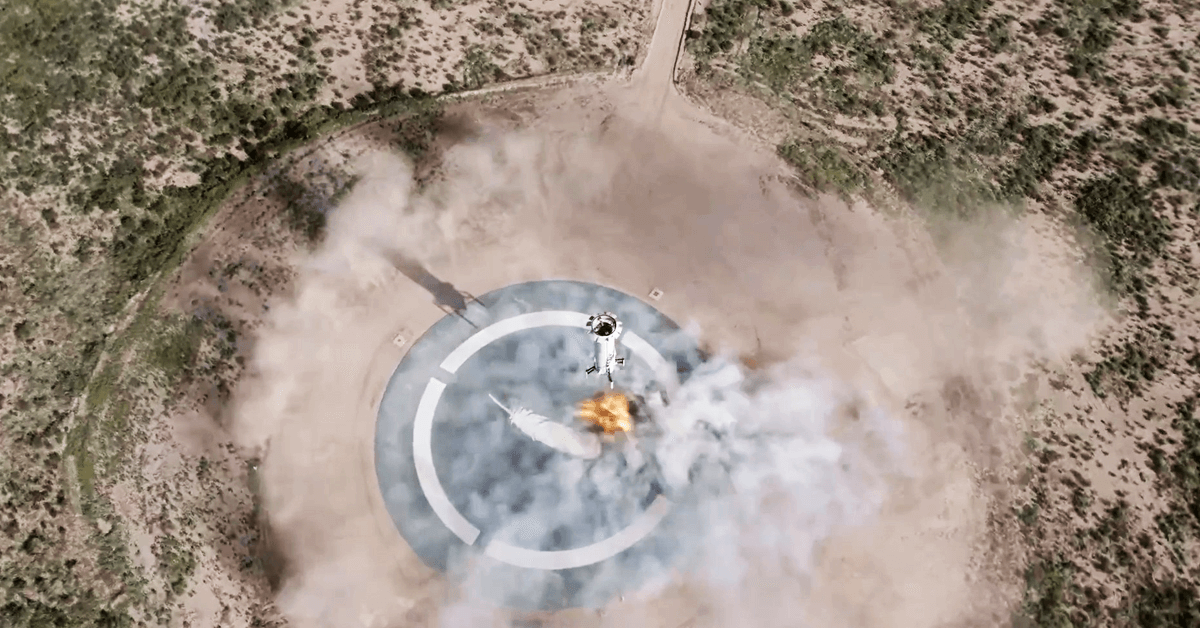Blue Origin’s New Shepard reusable rocket launched Thursday with a set of payloads for a NASA-managed demonstration effort, marking the spacecraft’s 17th mission.
New Shepard carried technology demonstration payloads for the space agency’s Flight Opportunities program and other commercial payloads then landed back on a pad in West Texas, Blue Origin said.
The carried technologies are meant to demonstrate precision landing technologies, propellant gauging, space-based trash recycling and suborbital biological imaging.
NASA’s Space Technology Mission Directorate provided one payload developed under the Safe and Precise Landing Integrated Capabilities Evolution or SPLICE project.
SPLICE is a navigation system designed to determine the precise landing location as a spacecraft approaches a planetary surface. The system uses multiple sensors, lasers and a high-performance computer to perform navigation.
New Shepard also demonstrated a sensor for deorbit, descent and landing during the mission, marking the technology’s second flight with the rocket. The sensor was developed under a partnership with NASA’s Tipping Point program.





